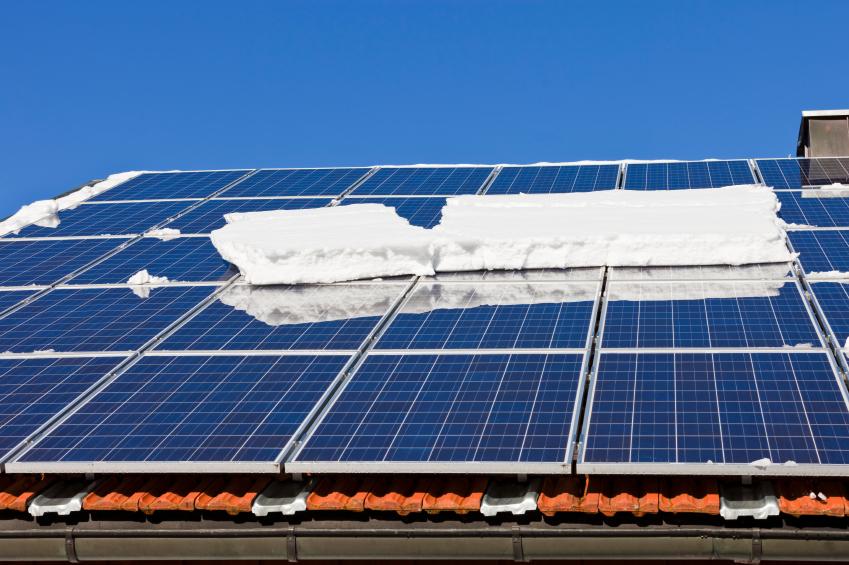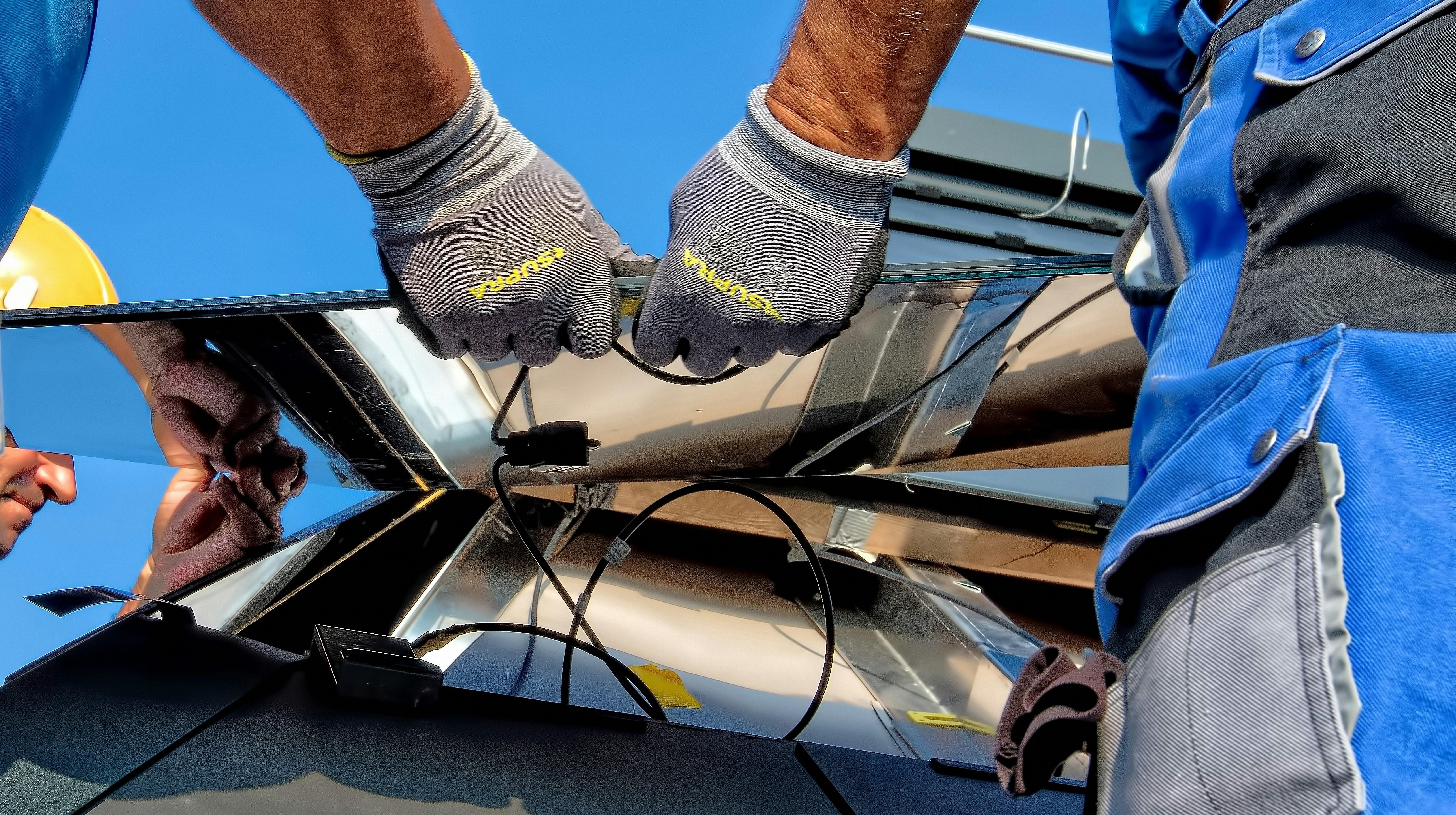In the age of renewable energy, the sun has become more than just a source of light and warmth; it has transformed into a beacon of sustainability for homeowners worldwide. But as the golden rays of solar promise shine down, a cloud of questions often looms overhead: How much does it really cost to harness this power? The journey into solar energy can feel like venturing into uncharted territory, where myths and facts intertwine. In this article, we will embark on a voyage to demystify the true costs of solar power for homeowners, peeling back the layers of installation fees, maintenance expenses, and financial incentives. Whether you’re a curious novice or a seasoned eco-warrior, this exploration will illuminate the real price of capturing sunlight, allowing you to decide if solar energy is a wise investment for your home and future.
Evaluating Initial Investment and Long-Term Savings
When considering the leap into solar energy, it’s essential to weigh the initial investment against the potential long-term savings. The upfront costs can be significant, encompassing solar panel purchase, installation, and any necessary home modifications. However, various financial aids, such as federal tax credits and state incentives, can considerably reduce these initial expenses. Homeowners often discover that while the upfront cost might seem daunting, the investment pays off through reduced energy bills and increased home value over time.
As the panels begin to harness the sun’s energy, you’ll start to see a reduction in monthly electricity bills. Over the years, these savings can accumulate to offset the initial costs entirely, leading to a net gain. Moreover, the long-term benefits include:
- Energy independence: Decrease reliance on fluctuating utility rates.
- Environmental impact: Lower carbon footprint by using renewable energy.
- Potential resale value: Solar-equipped homes often attract eco-conscious buyers.
Ultimately, the decision to go solar should be viewed through a long-term lens, balancing immediate financial outlay with the promise of sustainable savings and environmental stewardship.

Understanding Incentives and Tax Credits for Solar Installation
When considering the switch to solar energy, many homeowners are intrigued by the potential cost savings, yet are unsure about the financial incentives available. Fortunately, there are numerous incentives and tax credits designed to make solar installation more affordable. Federal tax credits can significantly reduce the upfront cost by allowing homeowners to deduct a percentage of their solar expenses from their taxes. Currently, the federal solar investment tax credit offers a substantial deduction, though it’s essential to keep an eye on legislation, as these credits may change over time.
Beyond federal incentives, state and local programs can further alleviate costs. These might include rebates, performance-based incentives, or property tax exemptions, each varying widely by location. Additionally, many utility companies offer net metering programs, allowing homeowners to earn credits for excess energy generated. Here’s a quick overview of what to explore:
- State Rebates: Check if your state offers cash rebates for solar installation.
- Performance-Based Incentives: Get rewarded for the electricity your system generates.
- Property Tax Exemptions: See if your state excludes solar installations from property tax assessments.
- Net Metering: Earn credits for feeding surplus energy back into the grid.
By understanding and leveraging these incentives, the journey to solar can be both economically feasible and environmentally rewarding. Remember, researching specific programs in your area can maximize your savings and make the transition to solar energy smoother and more advantageous.

Navigating Maintenance and Hidden Costs of Solar Panels
While solar panels are often touted as a cost-effective energy solution, homeowners should be aware of potential maintenance and hidden expenses. Routine maintenance is crucial to ensure that solar panels operate efficiently. This includes periodic cleaning to remove debris, leaves, and dust that can reduce energy output. Additionally, homeowners might need to budget for inverter replacements every 5 to 10 years, as these are essential for converting solar energy into usable electricity.
- Cleaning: Regular cleaning might require professional services depending on the roof’s accessibility.
- Repairs: Unexpected repairs can arise from weather damage or faulty components.
- Monitoring Systems: Some homeowners opt for advanced monitoring systems to track energy production, which can incur extra costs.
Moreover, hidden costs can emerge from warranty extensions or insurance policy adjustments to cover potential damages. As such, when calculating the total cost of going solar, it’s essential for homeowners to consider these factors alongside the initial investment to make an informed decision.

Choosing the Right Solar Provider for Your Home
When embarking on the journey to solar energy, selecting a provider is a pivotal step. Homeowners should consider a few critical factors to ensure they partner with a reliable company that aligns with their needs. First, examine the reputation and reviews of potential providers. A company with a history of satisfied customers and positive testimonials is often a safe bet. It’s also beneficial to look for certifications and industry affiliations that speak to their credibility.
- Experience and Expertise: Opt for providers with a proven track record and substantial experience in residential solar installations.
- Customization Options: A good provider will offer tailored solutions that consider your home’s energy consumption, roof type, and aesthetic preferences.
- Warranty and Support: Comprehensive warranties and responsive customer service are essential for long-term peace of mind.
Additionally, explore the range of financing options available. Some companies offer leasing or power purchase agreements, while others might provide loan options. Understanding these choices can significantly impact the overall cost and savings associated with your solar investment.
The Conclusion
As we close the chapter on our exploration of the true costs of solar energy for homeowners, it’s clear that the journey is as unique as the homes it powers. With panels gleaming like modern-day sun catchers, each rooftop tells a story of investment, savings, and commitment to a sustainable future. While the initial costs may seem daunting, the long-term benefits often outweigh the hurdles, transforming sunlight into savings and a cleaner planet.
Ultimately, the decision to embrace solar energy is as much about values as it is about numbers. It’s about stepping into a world where the sun’s embrace not only lights up your home but also lights the way toward a more sustainable tomorrow. As you ponder the possibilities, let your curiosity lead you, your research guide you, and your values inspire you. the cost of solar is more than a financial calculation; it’s an investment in the world you want to see.

































